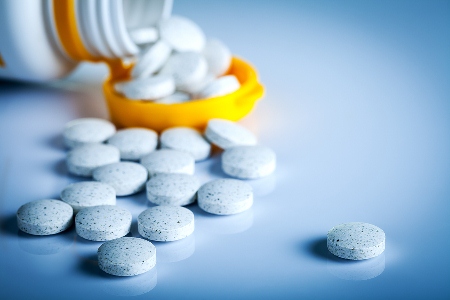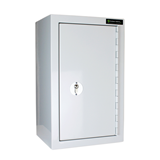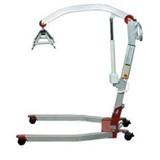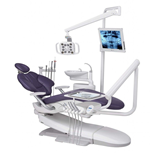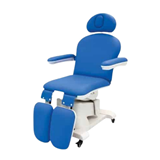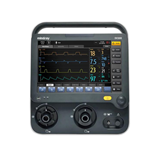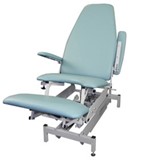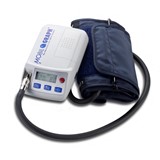Minister for Health Sussan Ley revealed the Abbott Government had made 652 new and amended drug listings on the Pharmaceutical Benefits Scheme (PBS) totalling $2.9 billion since its election in September 2013.
This includes the recent announcement of $1.3 billion in the 2015-16 Budget for new life-saving drug listings to help treat breast cancer, melanoma, blindness and the debilitating shingles virus, some of which would cost patients upwards of $100,000 without taxpayer subsidisation through the PBS.
Ley said this was double the 331 new and amended drug listings during the previous Labor Government's final three year term (2010 – 2013).
Ley said the Abbott Government was clearly delivering on its election commitment to accelerate the listing process for new medicines.
"We understand the importance of ensuring Australians have fast access to affordable medicines when and where they need them and we are investing heavily to deliver this," Ley said.
"This is evidenced by the fact the Abbott Government is delivering an average of about 30 new and amended drug listings for patients each month compared to an average of just eight under Labor.
"Essentially, we've already listed double the number of drugs compared to the previous government in half the time, and that investment is only going to continue to grow."
Ley said, contrary to claims, Australia also had one of the fastest turnarounds for new drug listing in the world, with the nation's independent expert Pharmaceutical Benefits Advisory Committee averaging just 17 weeks from submission to recommendation for inclusion on the PBS.
Ley said the Abbott Government was also supporting the innovation and research delivering the drugs of the future through its $20 billion Medical Research Future Fund.
This is on top of a new single 'one-stop-shop' website for Australians looking to be involved in potentially life-saving clinical trials, announced yesterday by the Minister for Health. (see attached)
"This government is clearly not only supporting patients to access life-saving medicines, but also the innovation and research that will deliver the next generation of new drugs as well," Ley said.
However, Ley said in order to continue listing new drugs quickly for patients, taxpayers had to find a sustainable way to fund them, with total investment in the PBS currently $10 billion and growing as more and more new drugs came onto the market.
"Taxpayers will invest at least $50 billion in the Pharmaceutical Benefits Scheme over the next five years and growing," Ley said.
"For example, we've already got another $3 billion worth of new innovative drug listings in the pipeline and we will need to find sustainable ways to fund them.
"The sensible place to look is the price taxpayers and patients pay for existing medicines to ensure we have the capacity to fund new ones."
Ley said she continued to hold constructive discussions with the entire pharmaceutical supply chain about the best ways to achieve this and expected to announce a full package of measures soon.
Key Examples of Medicines Listed by the Abbott Government Since Its Election in Sept 2013
- Mekinist (2015) – Melanoma – $437 million – $131,000 per patient if not subsidised through the PBS
- Kayldeco (2014) – Cystic Fibrosis – $174 million – $300,000 per patient if not subsidised through the PBS
- Soliris (2014) – Atypical Haemolytic-Uraemic Syndrome – $63 million – $500,000 per patient if not subsidised through the PBS
- Perjeta, Herceptin and Kadcyl (2015) – Breast Cancer – $191 million combined – $82,000 per patient if not subsidised through the PBS
- Abraxane (2014) – Pancreatic Cancer – $92 million – $16,000 per patient if not subsidised through the PBS
- Lucentis (2015) – Retinal Vein Occlusion (RVO) and Diabetic Macular Oedema (DME) – $541 million – $10,000 per patient if not subsidised through the PBS
- Lemtrada (2015) – Relapsing, Remitting Multiple Sclerosis – $50 million – $70,000 per patient if not subsidised through the PBS
- Afinitor (2014) – Kidney Cancer – $45.1 million – $35,680 per patient if not subsidised through the PBS

